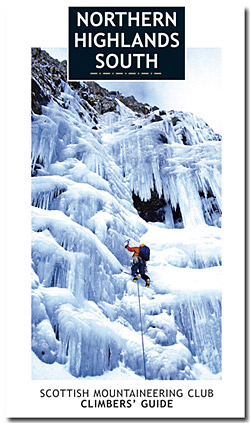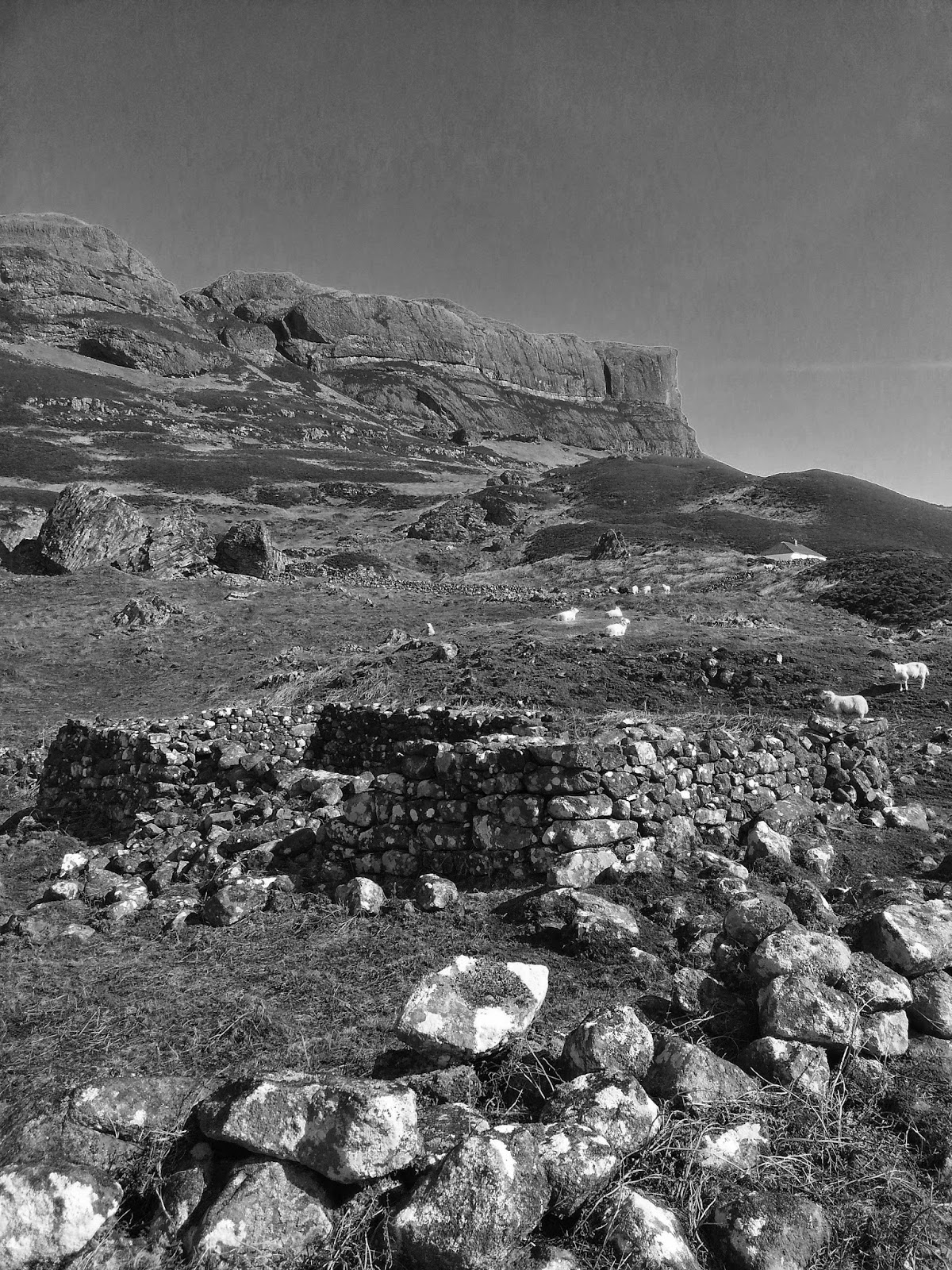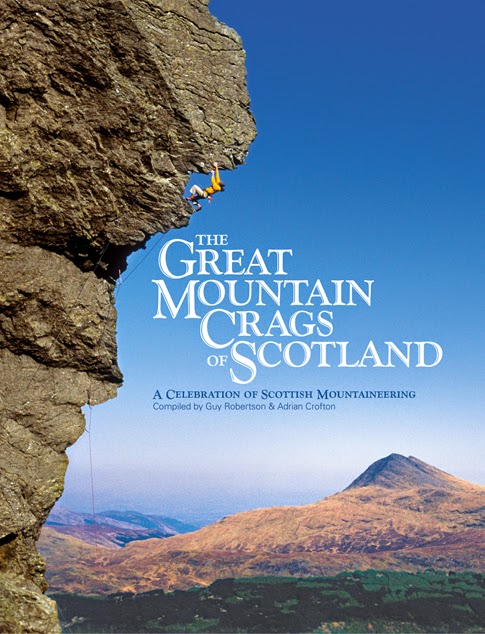Northern Highlands South SMC - review

 It is interesting to see the SMC's philosophy of recording new Scottish routes swelling their guidebooks and splintering them into smaller territories as the relentless quest for new routes expands through winter corries, new crags and bouldering venues.
It is interesting to see the SMC's philosophy of recording new Scottish routes swelling their guidebooks and splintering them into smaller territories as the relentless quest for new routes expands through winter corries, new crags and bouldering venues.The Northern Highlands has now been split into three guides: North, Central and South. The new 'south' guide popped through my letterbox in the new glossy tall format which is good for turning sideways and viewing the excellent panorama photo-topos.
The colour photo-topos and maps are all excellent, though it must be noted the photo-topos don't help much on the complex crags such as Beinn Eighe when you are under the crags and about to start the route...here is where route-finding still relies on accurate descriptions (we had a time trying to distinguish where Pigott's, Hamilton's and the Central Buttress VS actually went, but that is probably more to do with the indistinct nature of the cliff).
There is the welcome inclusion of lots of new winter venues and climbs, no doubt due to Andy Nisbet acting as the main editor (the other is Noel Williams). This reflects the plethora of hard new mixed winter climbs appearing in the big corries up here since the last edition in 1993... routes such as Blood Sweat and Frozen Tears VIII 8, The Darkness Beckons VII 7 - both on Beinn Eighe; Fubarbundy VIII 7 on Liathach; The Godfather VIII 8 on Beinn Bhan and Supersleuth VII 8 on Fuar Tholl's Mainreachan Buttress being good examples of the hard modern-style. What with the internet weather 'all-seeing' eye, fickle winter conditions of recent years have been countered and good winter climbs are still found, even if they do only come into nick for a day at a time!
There is inclusion of many smaller crags, which have new routes galore. Diabaig and surrounding crags have been worked out and there is a host of new cragging (eg. Rolling Wall & The Domes), though your best bet is still Diabiag Pillar and Main Walls... the variation route on Route 2 'Brimstone' on the Main Wall is an excellent route at E2, for example, and fully deserves its own description aside from a variation on Route 3.
Seana Mheallan has a number of new routes on excellent sandstone (Age of Confusion sounds good) - the approach is no longer 20 minutes (40!) and we can let Rab Anderson know the cuckoo is still in the Torridon woods keeping knackered climbers awake!!
Kinlochdamph Crag has been climbed with some hard additions up to E4. Crag nan Fhithich above the bar at Torridon has also seen some ascents in the lower grades. It is also good to see the more inclusive collection and photo-topo of longer routes on Sgurr a Chaorachan's south face at the Bealach na Ba... such routes as Anduril, Bumbly's One and Two are all very good and enjoyable multi-pitch routes five minutes from the road!
I am also heartened to see the SMC recognising bouldering as a legitimate climbing tradition... included are the Applecross boulders, Torridon Celtic boulders and Annat, which provide bouldering akin to the best gritstone testpieces on the immaculate pebbled red Torridonian sandstone. Development in bouldering will continue apace due to the sheer amount of quality lines (despite the midges!)... eg. Richie Bett's V9 'The Mission' just made it in time!
The photos are all good but maybe the photo-topos squeeze out the 'action' shots. What with everyone owning a wee digi camera, there must have been a hard editing choice...highlights are the cover (Jon Jones' pic of Silver Tear on Beinn Bhan), Cubby's quality 'pose' on Seana Mheallan's Thunderbird and the excellent pic of Kevin Kelly on Diabaig's Pillar, looking like he didn't give the photographer any permission to catch him in such an exposed moment!
My one issue with the book is not the present edition but future editions... the books are getting fat and too full of 'mediocre' routes which might best be recorded online, with the guidebooks reserved for the quality climbing - these places are after all remote and generally visited by non-locals who want to go for the 'classics'. This was used to good effect on the Scottish Rock Climbs selected guide published last year.
However, well done to the SMC for jumping into the modern 'colour' era and providing a continuing quality service to the visiting climber... they are still entertaining and value-for-money climbing guides.


